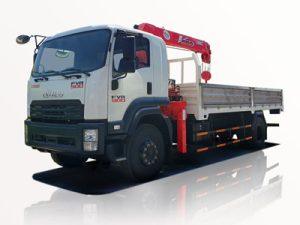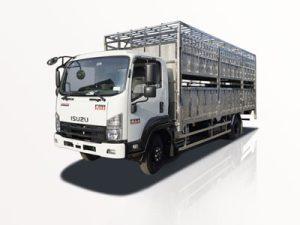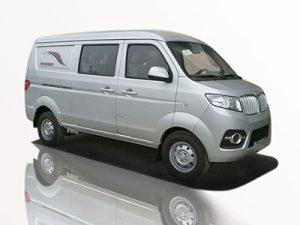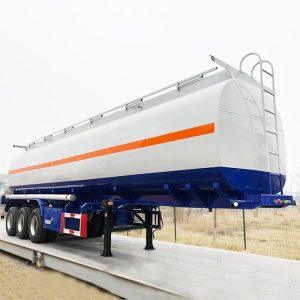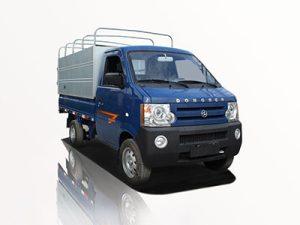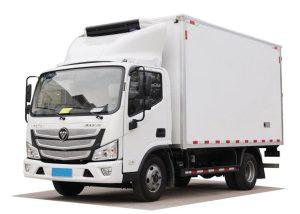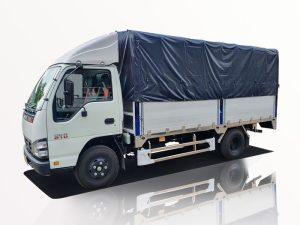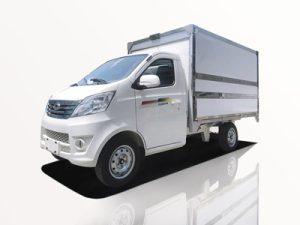Monday to Saturday - 8:00 -17:30
What is the Difference Between Extended Cab and Crew Cab?
Introduction
When it comes to choosing a truck, one of the most important decisions is understanding the differences between cab configurations. Specifically, the extended cab and crew cab options are popular choices among buyers. Each offers distinct advantages, features, and uses that cater to various needs. In this article, we will delve into the key differences, benefits, and drawbacks of extended cab and crew cab options. By the end, you will have a clearer understanding of which cab style may be best suited for you.
Understanding Truck Cab Configurations
What are Cab Configurations?
Cab configurations refer to the different layouts and dimensions of the passenger sections of trucks. The choice of cab type can greatly impact comfort, space, capacity, and overall utility of the vehicle.
Overview of Truck Cab Types
There are several cab configurations in trucks, but the most common are:
- Regular Cab
- Extended Cab
- Crew Cab
This article will primarily focus on comparing Extended Cab and Crew Cab configurations.
Defining Extended Cab and Crew Cab
What is an Extended Cab?
The extended cab features an additional row of seating behind the front seats, providing extra passenger space or storage capacity. However, it typically offers less legroom than a crew cab. Extended cabs are ideal for buyers who prioritize utility and occasional extra seating without fully committing to a larger cab style.
What is a Crew Cab?
A crew cab offers a more spacious passenger area with full-size rear seats, making it a popular choice for families or those who frequently transport passengers. The design allows for maximum legroom and comfort for all passengers, making crew cabs ideal for both work and personal use.
Comparing Size and Space
Passenger Capacity
Understanding how many passengers can comfortably fit in both cab types is crucial.
| Cab Type | Passenger Seats |
|---|---|
| Extended Cab | Up to 5 |
| Crew Cab | Up to 6 |
Interior Space
When it comes to legroom and overall interior size, crew cabs tend to offer more room. Here’s a breakdown:
| Cab Type | Front Legroom | Rear Legroom |
|---|---|---|
| Extended Cab | Up to 42 inches | Up to 34 inches |
| Crew Cab | Up to 42 inches | Up to 40 inches |
Storage Space
While crew cabs provide generous seating, extended cabs may have a slight advantage when it comes to additional storage behind the seats, especially for tools or gear.
Practical Uses for Extended Cab and Crew Cab
Scenario 1: Family Use
If you frequently travel with family or groups, the crew cab’s extra legroom and seating capacity make it the better option. It comfortably accommodates all passengers and provides ample space for belongings.
Scenario 2: Work & Utility
For those primarily seeking a work truck, extended cabs can offer sufficient seating alongside increased cargo capacity. It’s perfect when you need to transport tools or equipment but don’t require the full seating capacity of a crew cab.
Scenario 3: Recreational Activities
Consider your recreational needs. If you often transport friends for activities like camping or sports, a crew cab can be very convenient. However, if your outings are less frequent, extended cabs can suffice logistics without the extra size.
Comfort and Convenience Features
Front Seat Comfort
Both extended cab and crew cab configurations usually feature comfortable front seating, but crew cabs tend to offer more options for adjusting front seats and additional features like storage compartments.
Rear Seat Access
Access to the rear seats also differs. Crew cabs often have four full-size doors, allowing for easy entry and exit. Extended cabs may feature rear-hinged doors or smaller access points, which can be less convenient for regular use.
Safety and Visibility
Visibility Differences
Visibility can play a significant role in safety while driving. Crew cabs may provide enhanced visibility due to their overall size and design, while extended cabs, being smaller, may be easier to manage in tight spaces.
Safety Ratings
Safety ratings vary by model rather than cab type, but overall, both configurations tend to adhere to high safety standards set by manufacturers. Always check specific models for safety ratings.
Cost Implications
Price Differences
Generally, crew cabs are priced higher than extended cabs due to their larger size, additional features, and greater seating capacities. Let’s break down the approximate costs:
| Cab Type | Starting Price Range |
|---|---|
| Extended Cab | $25,000 – $35,000 |
| Crew Cab | $30,000 – $45,000 |
Insurance Costs
Because of the price differences, insurance costs may also vary. Generally, insurance for crew cabs may be higher due to their increased value and potential passenger load.
Resale Value Considerations
Depreciation Rates
Both types of cabs can hold their value well, but crew cabs typically maintain a higher resale value due to their popularity and demand. Extended cabs may depreciate faster simply due to a shift in consumer preferences towards larger vehicles.
Market Demand Insights
Understanding market trends is key. If you anticipate reselling your vehicle, a crew cab may offer a stronger market presence, especially in family-oriented or work-oriented regions.
Frequently Asked Questions (FAQs)
1. Which cab type is better for tall people?
Crew cabs generally offer more rear legroom, making them a better choice for tall individuals traveling with passengers.
2. Can an extended cab fit car seats safely?
Yes, extended cabs can accommodate car seats, though the space may be more cramped than in a crew cab.
3. Are crew cabs better for towing capacity?
Towing capacity is typically related to the truck’s model rather than cab type, but make sure to check specifications for your preferred model.
4. Is an extended cab suitable for everyday use?
Absolutely! Extended cabs can serve as practical everyday vehicles, particularly for singles or couples.
5. What is the average payload capacity of these cab types?
The payload capacity varies by model, but typically, both extended and crew cabs can handle between 1,500 to 2,500 pounds, depending on configurations and accessories.
6. Are there other cab configurations to consider?
Yes, in addition to extended and crew cabs, regular cabs are also available, typically offering fewer seating options but potentially lower prices and better maneuverability.


